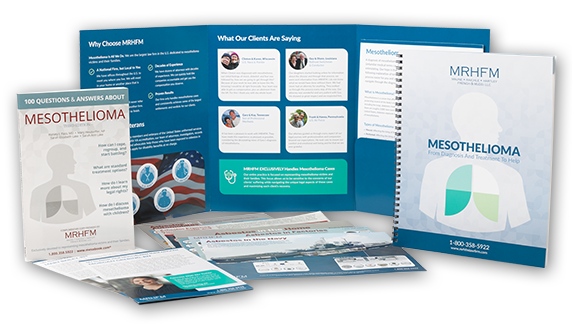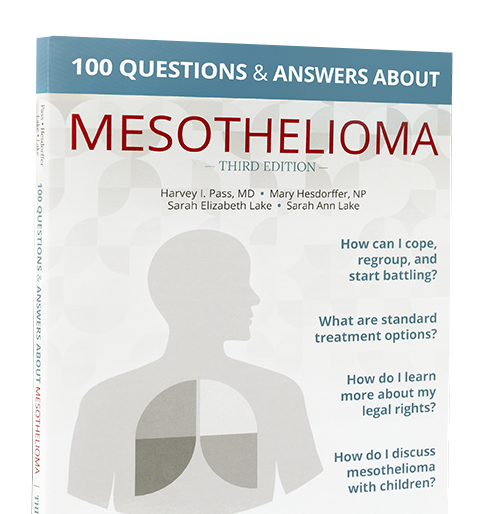According to the Centers for Disease Control and Prevention (CDC), skin cancer is the most common form of cancer in the United States. In 2014 (the most recent year numbers are available), 76,665 people in the U.S. were diagnosed with melanomas of the skin, including 45,402 men and 31,263 women. More than 9,000 people died from melanomas of the skin, including 6,161 men and 3,163 women.
Skin cancer is caused by Ultraviolet (UV – UVA and UVB) rays, most commonly from sunlight. However, the CDC says indoor tanning also exposes users to dangerous UVA and UVB rays, which damage the skin and can lead to skin cancer.
Though the link between tanning salons and skin cancer is well documented, the Food and Drug Administration (FDA) estimates that about 30 million Americans still use indoor tanning beds each year, including 2.3 million teens. Now, researchers say they have discovered another group that could potentially join the millions of indoor tanners across America, but for drastically different reasons. These researchers claim that while indoor tanning increases the risk of skin cancer, it has the potential to reduce the risk of other cancers such as colorectal, bladder, kidney, breast, and lung cancer, which shares a number of common characteristics with malignant mesothelioma.
In the study, the researchers wrote:
Despite it is now undeniable that indoor tanning exposure is associated with a number of skin cancers, its favorable effects on vitamin D status may bear some underestimated and currently unexplored health benefits. Vitamin D is a fat-soluble vitamin naturally present in a limited number of foods, the concentration of which largely depends on ultraviolet (UV) B sources exposure in humans. A strong, graded, and inverse association has been documented between serum vitamin D and the risk of developing certain types of malignancy, especially colorectal, breast, lung, bladder, and kidney cancers. The overall mortality from any type of cancer is also apparently lower in subjects with increased values of serum vitamin D. Both genomic and non-genomic mechanisms have been identified to support the anticancer effects of vitamin D.
Notably, UVB radiation emitted from indoor tanning devices is effective to linearly increase the serum vitamin D concentration, up to twofold. Therefore, some favorable effects against the risk of developing many human diseases, including non-skin cancers, cannot be excluded at first glance, although they may not be only linked to vitamin D status. Further large, prospective or randomized studies should be hence planned to definitely establish whether the unfavorable effects of indoor tanning exposure on skin cancers may be outweighed by the still unexplored benefits attributable to amelioration of vitamin D status.
Though the findings sound positive, tanning of any kind is still considered dangerous. Until further studies have been conducted to determine if the benefits outweigh the risks, using tanning as a cancer prevention method is strongly discouraged.
Sources
Lippi, G., G. Cervellin, and E. Danese. "Indoor Tanning a Gianus Bifrons: Vitamin D and Human Cancer." PubMed.gov. U.S. National Library of Medicine, National Institutes of Health (NLM, NIH), 08 Dec. 2017. Web. 25 Jan. 2018.
"Skin Cancer." Centers for Disease Control and Prevention (CDC). U.S. Department of Health & Human Services (HHS), 07 June 2017. Web. 25 Jan. 2018.
Szabo, Liz. "Tanning Beds Used by More than a Third, Study Finds." USA Today News. Gannett 2018, 31 Jan. 2014. Web. 25 Jan. 2018.





